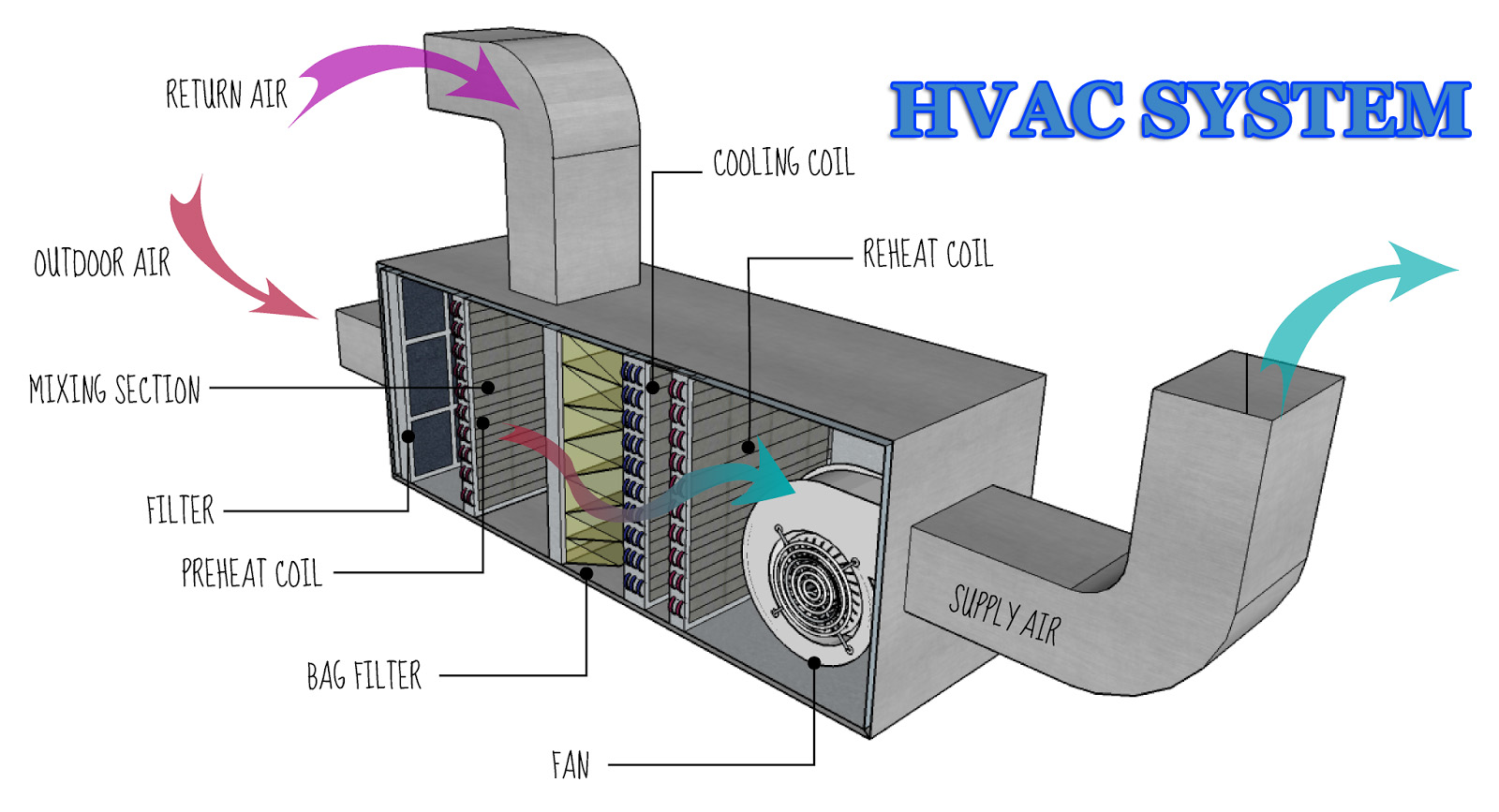Modern dwellings need heating and cooling systems. Modern HVAC systems have revolutionized the way people live in their houses, particularly in the midst of the severe winters and summers we experience. In the past, folks would just walk outdoors or locate a pool to cool down in when it was too hot outside.
Because construction laws did not allow conventional fireplaces to be installed in apartment buildings, the use of fireplaces became the standard in most homes when the weather became too hot. These rooms became more livable thanks to HVAC systems, and in this post, we’ll look at the many kinds of Air conditioners as well as how these function.
Heating and ventilation systems for the home
You may be wondering whether air – conditioning systems in houses and industries are the same. There is no doubt about that. When it comes to HVAC contractors in industrial Los-Angeles areas, there are many different options to choose from. Bigger and much more robust HVAC Units are required in factories because they produce a lot of heat. Basic climate control and circulation services can be offered by simple HVAC installation in houses, which are meant to remove and recycle stale air from inside rooms and bring in cooler, fresher air from outside.
HVAC systems are also responsible for maintaining a suitable room temperature, which is controlled by a thermostat. When you’re using an HVAC unit, you’ll mostly engage with the thermostat, which is responsible for regulating the temperature of your space and ventilating it.
Fundamentals of HVAC systems
The elements as well as internal dynamics of HVAC systems must be understood, at least to know when they cease performing what they are meant to. Even if most of the system’s components are contained inside it, it’s crucial to understand the functions of every one of the primary ones. The heat pump, which heats and cools the air, is an essential component. The dimensions of both the Air conditioning system and also the specific requirements of the house determine how much electricity the heat pumps demand. Smaller units that may easily circulate inside a four- or five-bedroom house are preferred by most families.
Do you know where an air conditioner gets its supply of cool air from?
The heat within our houses and buildings must be sent outside in order to keep them cool. At first glance, this seems to be a straightforward process. In certain respects, this is true. The blower and the evaporator are responsible for this. The refrigerant in the evaporator coils absorbs the heat when the warm air from your house is fanned over it, changing it from a cold liquid to a hot vapor.
The development of home heating and air conditioning systems
Despite the fact that evaporative coolers have already been in use for hundreds of years, newer and more complicated technologies are needed. Modern HVAC systems have incorporated solar power into the total system, which consumes a lot of electricity. Incorporating house solar panels with heating and cooling systems has resulted in a more environmentally friendly usage of energy.
It is now possible for homeowners to operate their home appliances from afar using modern technology. Systems today can now control temperature of the room with no need for a thermostat, regardless of whether or not there is grid power. As you shop for a heating and air conditioning system, please remember that the most important consideration is whether or not you could manage to finance it.


